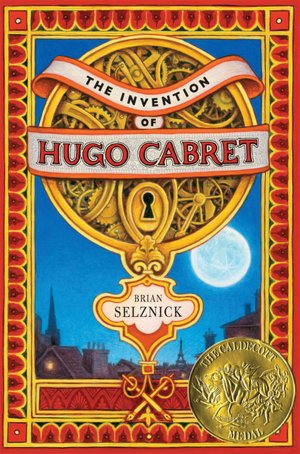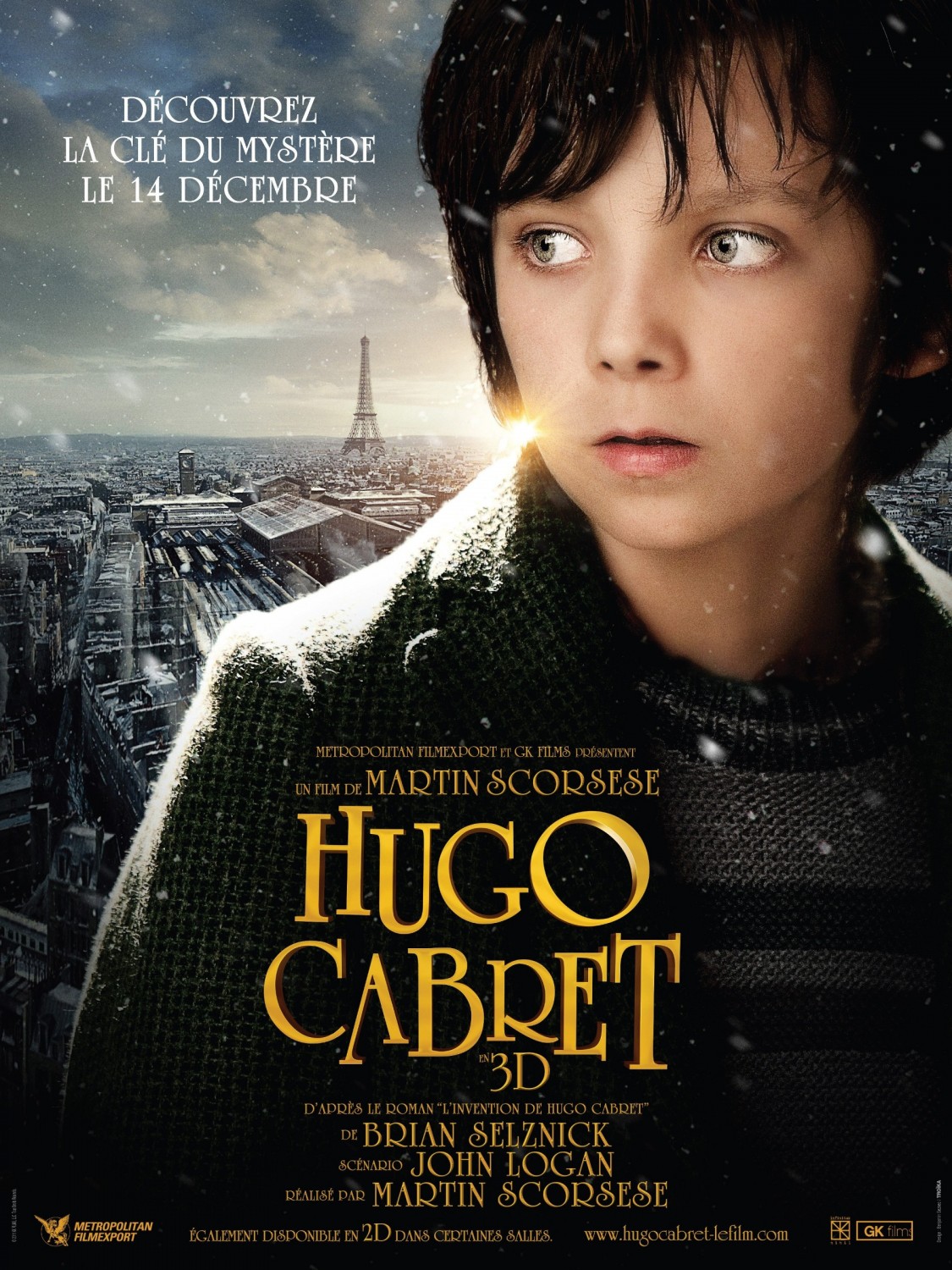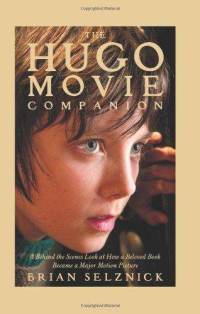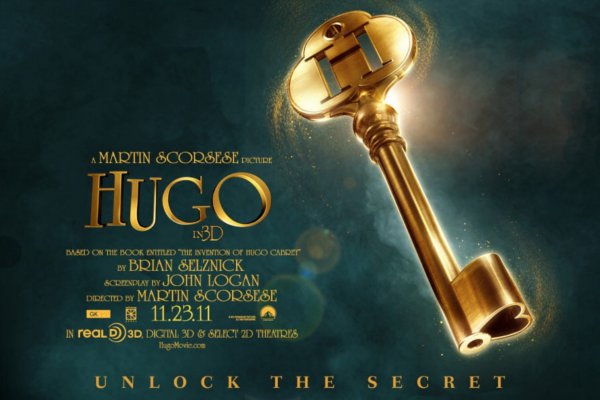 |
 |
 |
 |
I’m a children’s book person. From the time I could speak, I begged my family to read to me. I couldn’t wait to learn to read. I have since learned that many children teach themselves to read by the age of three. I was no such prodigy. That, or I have a disgusting streak of traditionalism – I couldn’t wait, but I knew that the rule was you were taught in first grade, so… I waited. Or maybe I’m just painfully, stupidly average. Given my solid 3.2 track record from high school all the way through grad school, my teachers probably thought so.
Although my first grade teacher said I knew how to read long before I admitted I did. I just had high expectations of what “knowing how to read” meant. I don’t know, I’m not sure I was there for my childhood. I must rely on hearsay.
But I loved books. We had a huge collection of Golden Books, lots of stuff by Richard Scary. I still have all my books from childhood. I loved their covers, their pictures, the way they smelled… If they had no pictures, I loved the mystery that lay within, promised by the few illustrations on the outside.
I pretty much grew up in libraries. I went regularly, and was apparently addicted to a book called Brownies Hush. (Don’t ask me, I don’t have a clue. Someday I’ll track it down and read it again. All I know is my Dad has a photo of me passed out in bed with it across my chest.) As I got older, my Mother being a librarian, I worked (illegally and underage – the shame of it all!) in libraries. Hers moved a lot, and I packed a lot of boxes and built a lot of shelves and sorted a lot of titles.
Out of college, I went to work for the busiest suburban library system in the country, where I quickly landed in the children’s department. I liked the kids and tolerated their parents, but I loved the books. If I have to pick a favorite working experience out of my 25 years thus far, I think it was being able to sit, coffee cup in hand, in front of the new arrivals cart in our sunny workroom of a morning, seeing what had come in. Getting paid to look at books! What could be better? (Oh, I know! Not having to get up and leave, go work the information desk and listen to suburbanites brag about their kids who taught themselves to read at age three! Yeah, there are pluses and minuses to any job… But my current office has no sunlight and no new books. There are many days I would trade.)
“Hey!” you’re shouting about now. “Is this a book review or an attempt by your failing brain to recall your early years before the memories fade forever?” Perhaps it’s both. “Review” may be a bit of a misnomer for the columns I’m writing these days. Perhaps “personal reflection,” would be better. It’s a style I learned in a college colloquium from a professor named Morris Friedman. He told us to expose ourselves to the media and react to what we saw; and for weeks, all of us failed miserably. Our high-school-sogged brains thought all reactions had to be objective reviews with five paragraphs and a bibliography proving not one thought within the preceding work was original. What he wanted was our emotional, gut response to what was presented. How did it make us feel? We finally figured it out. Then we had to puzzle over why these things made us feel that way. It was probably one of the most beneficial courses of my college career. It taught me, not only to actually listen to my own opinions, but how to figure out just what the hell a demanding professor or editor or boss was actually looking for.
So I don’t think I’m interested in just analyzing the style of a work, how it compares to some spreadsheet of criteria established by someone who never enjoyed a story, much less told one, where the wires are or how the magic tricks are done. I’d rather tell you what I, Steve Wilson think of a work. Along the way I’ll tell you also who I am. Then you might be on the way to deciding if what I think of a work is at all relevant.
Summation of the long story: I really like children’s books. In a lot of ways, this is a good time to be someone who likes children’s books. There’s so many of them, partly because the United States is obsessed (in both good ways and bad ways) with educating its young and partly because J.K Rowling. (Does that clause really need a verb? Does it?) In a lot of ways, children’s book publishing pretty much is the publishing industry right now. All else is filler. The exciting stuff, the energy, the ingenuity, is going into creating books for children. A lot of these books are carefully and lovingly designed for booklovers. They’re not made to be read and tossed in the donations bin for the local Goodwill. They’re made to be kept and reread and loved. It shows.
This phenomenon is well represented by the 2008 Winner of the Caldecott Medal, The Invention of Hugo Cabret. Normally the Caldecott, an award for children’s book illustration, goes to a picture book. Notable winners are The Polar Express, Jumanji, Where the Wild Things Are, The Snowy Day, and my personal favorite, The Little House. No, not the books by Laura Ingalls Wilder, though those are well worth your time, this was Virginia Lee Burton’s story of a little house in the country who watched the years pass and bring a city to her doorstep. The detail and complexity of the illustrations, the stories inside each picture, made it a book a child could spend hours with, and this child did. I still have that one displayed in my living room.
Complexity is a common element in Caldecott books; not all, but a lot. Some of the award winners tell their stories so simply, so brilliantly, that they are recognized just for bringing out the story in pictures. But many, like the works of Graeme Base*, pack so much into one page that you could pull a dozen or a hundred stories from one drawing.
Hugo Cabret combines both of these characteristics. A narrative novel, it isn’t an obvious candidate for a Caldecott. Yet the story is not only in the narrative. It’s told partly in Selznick’s wonderful pencil illustrations, interspersed among pages of text, some of which only contain a few lines. There are long passages of just pages of illustrations, telling a narrative story. Amidst the pencil drawings is an occasional photograph, largely movie stills, for the story is interwoven with the early history of cinema in France.
The use of pencils is refreshing. I was an artist, long ago. Carried a sketch book everywhere, drew everything I saw. I never had the patience to make it a career. There were too many other things I wanted to do, and art takes time. Time is not something you have in large blocks when you’re managing to succeed in the America of the 21st Century, but it’s something an artist can’t live without. So I am no longer an artist, at least not of that sort. When I was, I felt a bit self-conscious that pencils were the only medium at which I felt I excelled. Pencils are not, to the world of publication, a finished product. Most pencil art, especially in the comics I’ve devoured since I was eight, is finished with pen and ink; and though the penciller usually receives more acclaim for the finished product than does the inker, most of us look at a pencil drawing and think of it as unfinished, something only “pencilled in.” And yet I still consider one of the best-designed books I’ve ever seen to be the Richard Powers edition of Robert A. Heinlein’s Number of the Beast, lavishly decorated with imaginative pencil work. (Critics decry this book. That’s largely because critics do not love stories. Indeed, they resent stories because they represent something they, the critics, don’t know how to create.)
But pencils are making a comeback. Even in comics, we’re now seeing finished art in which color was applied directly to the pencils, without their subtle beauty being first harshly defined (and here we remember that defined and confined are related words) with pen and ink. In Hugo Cabret, Selznick’s pencil drawings,carefully cross-hatched to suggest the crinkled sheen of an Old Master’s oil painting, set the perfect tone of antiquity and the smoky grayness of Paris in 1931, specifically the dinginess of life for an orphan boy who lives alone in an abandoned apartment in a train station. Some are focused, simple and clean, like a close shot of our young hero Hugo as he peers through the face of a clock in his railroad terminal home; others are rife with complexity, like a bird’s eye view of the city of Paris, lit by night, or the wares at a toymaker’s shop. All tell Hugo’s story in pictures.
It’s the story of the son of a clockmaker, orphaned when his widowed father is inadvertently locked in at his workplace, a museum, which then catches fire. Hugo blames himself, for his father was putting in long hours, trying to restore an automaton, a mechanical man once used in magic shows, at his son’s insistence. Hugo is left in the dubious custody of his alcoholic uncle, whose contribution to his proud horologist lineage is to wind the clocks at the Paris train station. They live in an apartment, long forgotten by all, once intended to be occupied by station employees. The Uncle frequently disappears, and Hugo thinks little of it when he doesn’t come home for weeks. Not wanting to lose his meager situation, he continues to care for the clocks so that the Station Inspector, unseen until the end of the book, doesn’t realize the station has a new, uninvited resident.
Hugo’s world, in addition to the busy railroad terminal, consists of the area “inside the walls”of the station: the air ducts, the access passages, the ladders and the stairways one must travel to visit the works behind every clock in the huge building. They must be wound from the back, and their times kept synchronized in the same way. Hugo must visit each clock twice a day, and it is through their transparent faces that he views much of the world around him, unseen by those he observes.
Because he can’t cash his Uncle’s paychecks, Hugo lives by theft. He hates it, but he has no other choice. Interestingly, Hugo never rationalizes that the meager provisions he takes from the station’s shopkeepers don’t nearly cover the cost of the service he provides. It’s an admirable oversight, making him all the more likeable. He doesn’t only steal food, however. He’s happened upon the abandoned automaton since his father’s death; and, using his father’s notes, he’s restoring it. The mechanical man was designed to write on paper with a pen. Hugo firmly believes that, when the automaton is working again, it will transcribe a message from his late father. In order to complete the work his father left him, Hugo must also steal replacement parts from the booth of a toymaker on the station’s concourse. Brazenly, he steals from the old man when he’s sleeping. The old Toymaker catches on one day, feigns sleep and catches his thief. Here the story really begins, for the Toymaker sees Hugo’s notebook, filled with his father’s drawings, and becomes enraged. The automaton is a link between the Toymaker’s past and Hugo’s future, and Hugo must overcome the old man’s resistance to delving into his past. He must solve the mystery, and fix what’s broken in the old man’s life, before he, Hugo, can move forward.
Helping to endear the book to me, of course, is Hugo’s discovery during the course of his travels, of the myth of Prometheus. It touches a chord for him that the creator and benefactor of humanity was a thief. Prometheus, you may guess by the name of my radio company (Prometheus Radio Theatre) and my publishing imprint (Firebringer Press – Prometheus Press was taken) is special to me. He’s the messiah of Greek mythology, the one who suffered great torment in order to better humanity’s lot, and who taught us how to use fire, one of the most significant developments in our technological coming of age. Fire can be seen as a symbol of knowledge and control of our environment, and it’s interesting to remember that it was eating the fruit of the Tree of Knowledge of Good and Evil which constituted the original sin in Jewish and Christian traditions. Christians who believe that Jesus died for humanity’s sins (not all Christians believe that, BTW) in essence believe that Jesus was punished because we acquired knowledge. Jesus and Prometheus have a good deal in common. There is, by the way, a very nice pencil reproduction of a painting of Prometheus which Hugo saw in the Film Academy library in Paris. I can find no reference to such a painting on the Internet. If anyone knows the name or the artist, I’d love to see the original.
Unlike Harry Potter or Percy Jackson, Hugo Cabret is not a wizard or demi-god in an unreal world, populated with unreal creatures and ruled by its own laws of nature. Indeed, the book is really just historical fiction. Everything that happens in its pages could happen or did happen. And yet it’s a story which sits well with a lover of the fantastic. Hugo and the Toymaker are wizards. They do make magic. They do work miracles. The book is a love letter to the imagination, be it brought out in stage magic, invention, or the wonder of the early silent films.
My son Christian discovered this book while part of our local library’s comic readers club. He didn’t finish it the first time, so I was surprised when, a few months ago, he came to me with that frantic look on his face which says that all will be lost if we don’t act now. He told me “we have to go to a book store.” I asked why, and he told me he had to have a copy of that book he never finished. Strange, as Christian usually finishes books in about a day (and no, he was not reading at three. Just throwing that out there.) I assumed Hugo Cabret had been a dud. But the trailers for an upcoming film version of the story had intrigued him, and he needed to read it now. We went bookstore-hopping, found it sold out everywhere, and wound up getting it from Wal-Mart. (I know, I know…) Two days later, it was his favorite book ever written. Oh well, kids are like that.
When the movie came out the night before Thanksgiving, my family was given a firm order that we would be seeing it on opening night. See it we did, and I suddenly saw just what it was my twelve-year-old had seen in this story. As I tweeted that evening, it was just about a perfect film. Martin Scorsese translated Selznick’s black and white Paris into color, adding sound, without losing the atmosphere and emotional resonance of the original. Indeed, as a filmmaker should, Scorsese took advantage of the medium to enhance the tale. It’s as if he gazed at some of those details in the drawings and told himself his own stories about some of the unnamed people, named them, and shared their stories with us. We meet a flower girl not included in the book, and an old man hopelessly in love with a shopkeeper whose dog is her unwavering chaperone. The Station Inspector, a faceless threat in the book, comes to life with the performance of the brilliant Sasha Baron Cohen, and we learn that he, too, was an orphan, and has a prosthetic leg and a secret love. Ben Kingsley is perfectly cast as the Toymaker, whose name I cannot reveal for plot purposes, and the young actors playing Hugo and the Toymaker’s daughter are a delight to watch, as is Christopher Lee as the station’s bookseller.
I’ve mentioned novelizations in a previous entry. Largely, they’re not necessary in this era of Blu-Ray and instant downloads. Who needs a book that just retells the story of the film? Unless the book expands on the story, as Alan Dean Foster’s books often do. It’s sad to say that even books which were the original source material fall into a state of redundancy when a film comes out. I enjoy movies based on John Grisham’s books, but I’ve never felt motivated to read the books themselves. The stories are plot-heavy, and not my choice of reading material. It really isn’t often that a movie inspires me to find the book it was based on, but Hugo Cabret did. I enjoyed the story so much that I wanted to spend more time in its world, and I wanted to see the author’s original vision. I’m glad I did. Your time would be well spent taking in both versions of the story, in any order you choose.
I also have to say, while I hate books being used as film merchandise, that the Hugo Movie Companion is probably the best “making of” book I’ve ever encountered. Its presentation goes back to what I was saying about chidren’s books being created for people who love books. Loaded with color photos from the film, it also contains a good deal of information about the back story and the world in which it takes place, including the early days of cinema in France.
At the end of this long diatribe, it remains only for me to thank my son Christian for sharing his favorite book of all time with me, even if it’sonly his favorite for a few months. His passion for it reminds me that the Golden Age of the fiction of the imagination probably is twelve. His sharing it with me reminds me that we can all experience a taste of that golden time, even when we’re ever so much older.
* Ironically, Mr. Base has never won a Caldecott!
